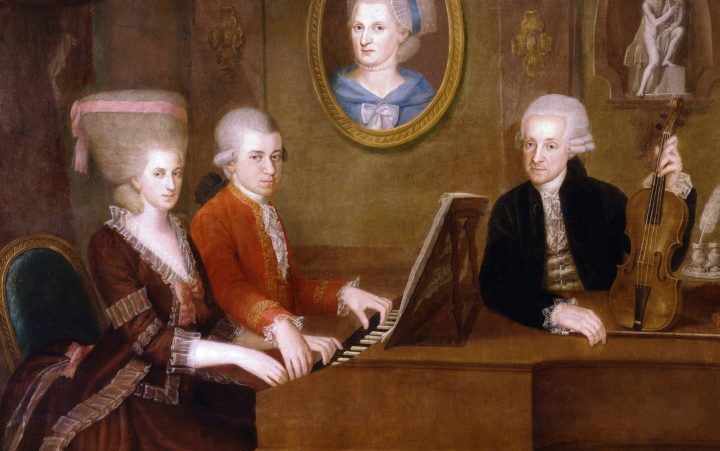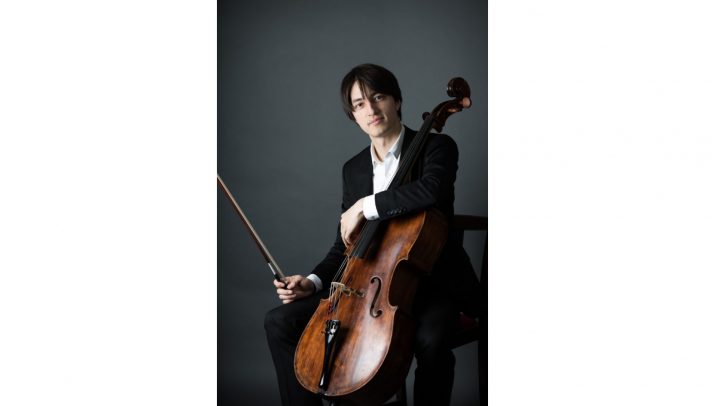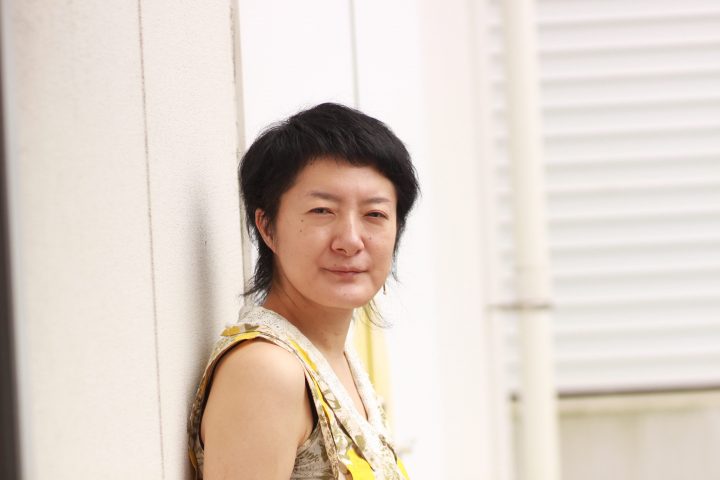A sparkling universe where Yuuki Fuzuki creates words from Tetsuro Komai's paintings
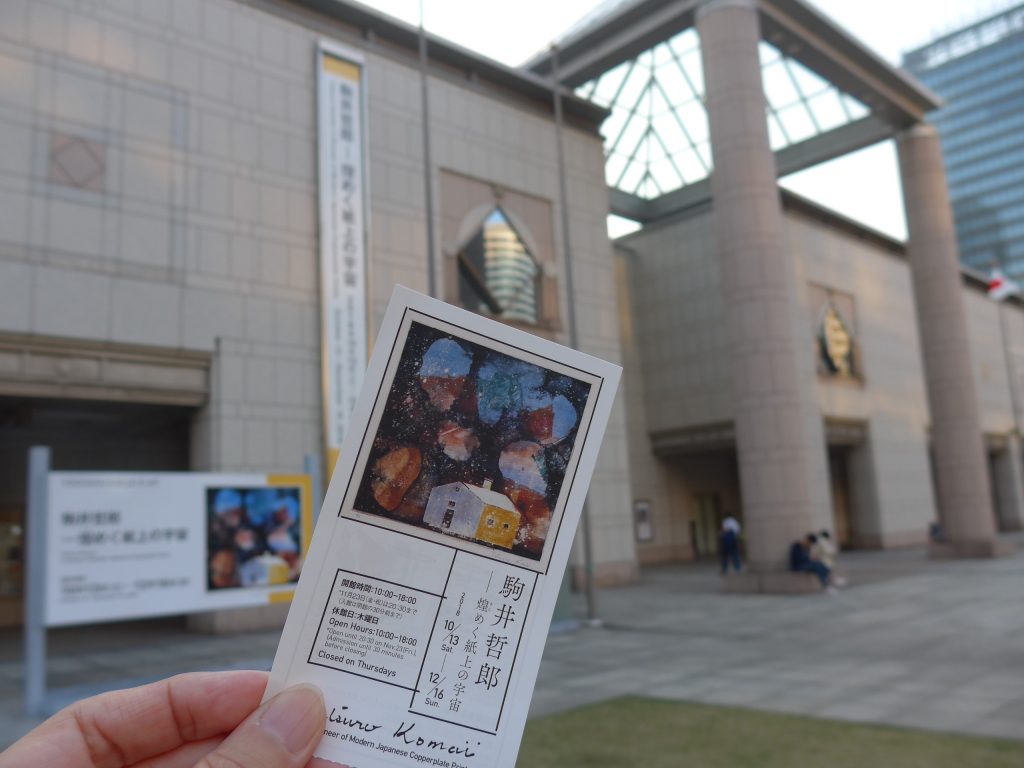
A world of art to visit, see and feel
File.7 Yokohama Museum of Art "Tetsuro Komai - The Sparkling Universe on Paper" Related event "When words are born from pictures"
Miyuki Inoue (Copywriter)
Tetsuro Komai is one of the pioneers who brought new printmaking expression and its appeal to the Japanese art world through copperplate printing. However, I am personally interested in the cross-genre activity of "Experimental Workshop" in which Komai participated. When I heard that it was a gathering of a wide variety of talents, including composers, critics, lighting designers, photographers, engineers, and sculptors, I got excited and thought, "That's just like Ballets Russes!"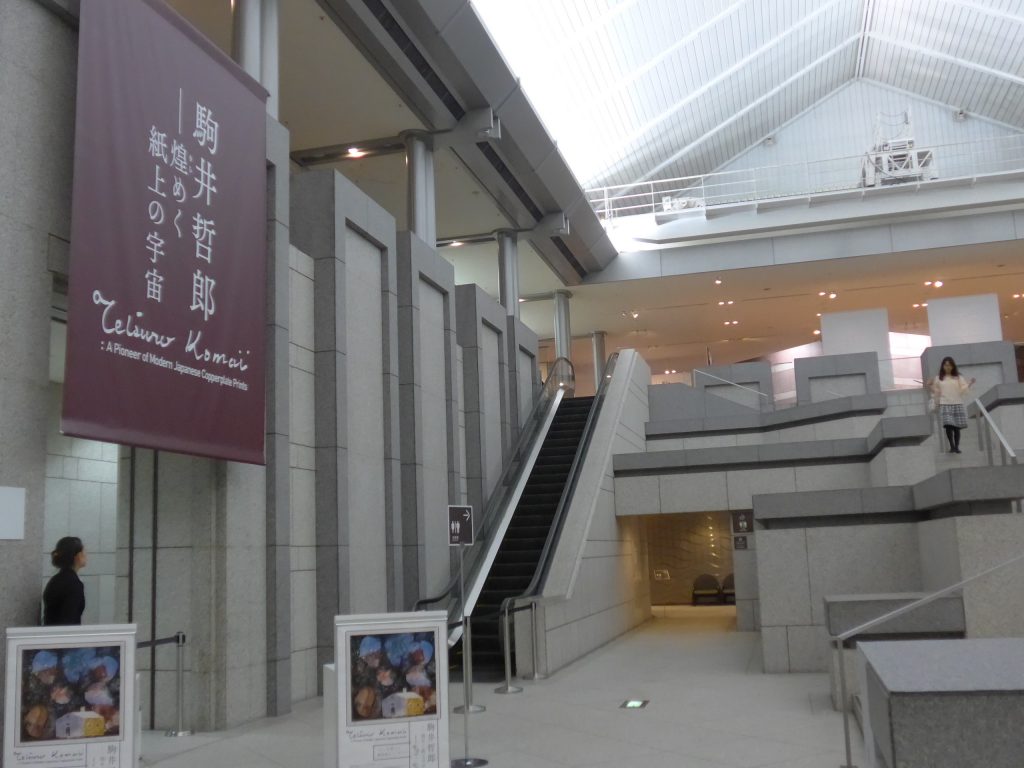
The Ballets Russes, which was active in Paris at the beginning of the 20th century, was a melting pot of talent that brought together ballet dancers such as Nijinsky, Cocteau, Satie, Picasso, Laurencin, and Coco Chanel. Who knew there was such wonderful avant-garde activity in Japan?
On Saturday, November 10th, a related event was held with poet Fuzuki Yuuki as guest, so I decided to go, wanting to experience the world of art that transcends genres.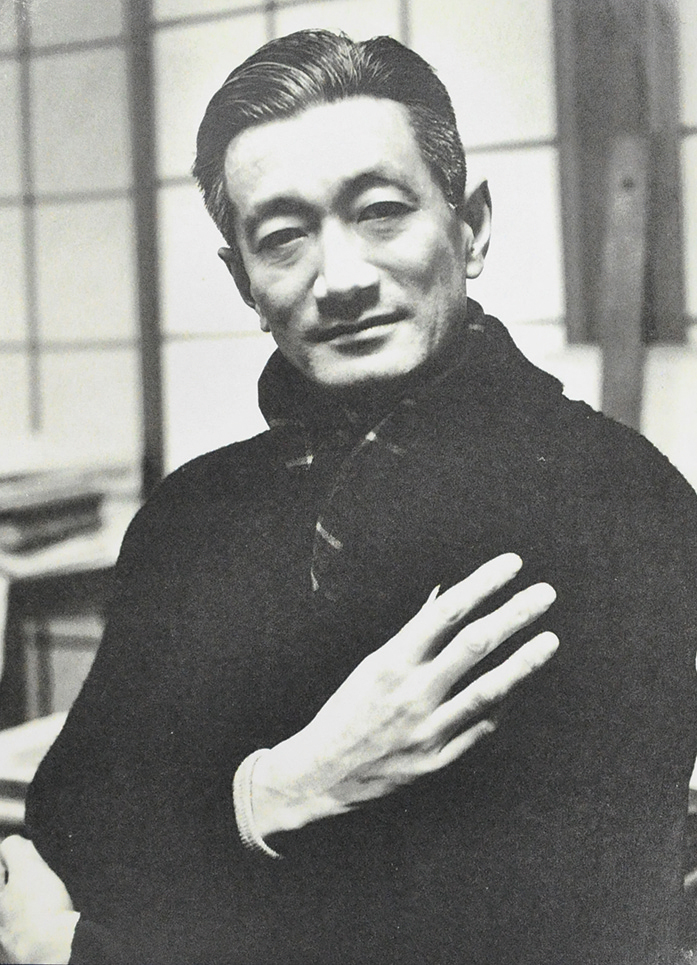
* Tetsuro Komai (photo: Kiyomi Kawaguchi)
When I visited the exhibition room before the event, the first thing that caught my eye was the portrait of Tetsuro Komai. Excuse me, but what a handsome man!
Born in 1920 (Taisho 9) in what is now Nihonbashi, Chuo Ward, he attended Keio Kindergarten, junior high school, and high school before entering Tokyo School of Fine Arts (now Tokyo University of the Arts). A magnificent profile. When he was teaching at the university, he was said to have been particular about his attire, wearing "white shirts, navy blue suits, and ties." I can't help but think that the freedom and certain unrestrainedness of his works are probably not unrelated to the artist's upbringing.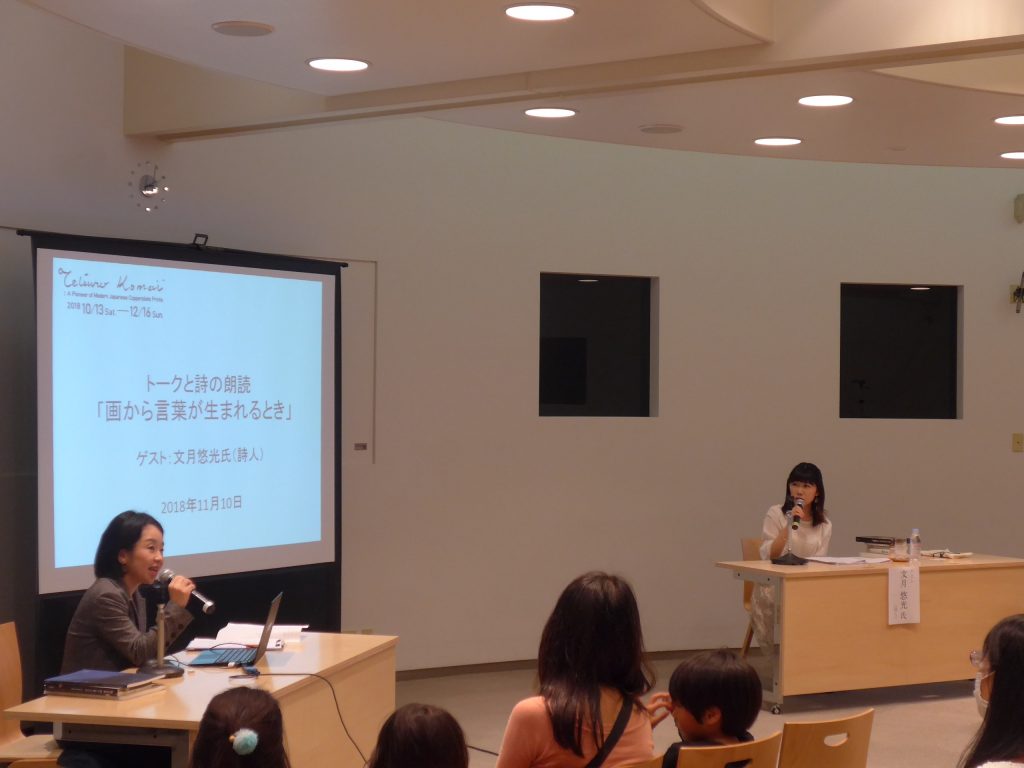
Then the talk and poetry reading "When words are born from pictures" began.
"Because I work as a poet, it's rare for me to be invited to an event at an art museum," says Fuzuki. However, having said that, he was a member of the art club in middle and high school, and has a deep knowledge of the art world, carefully choosing his words as he continues his talk.
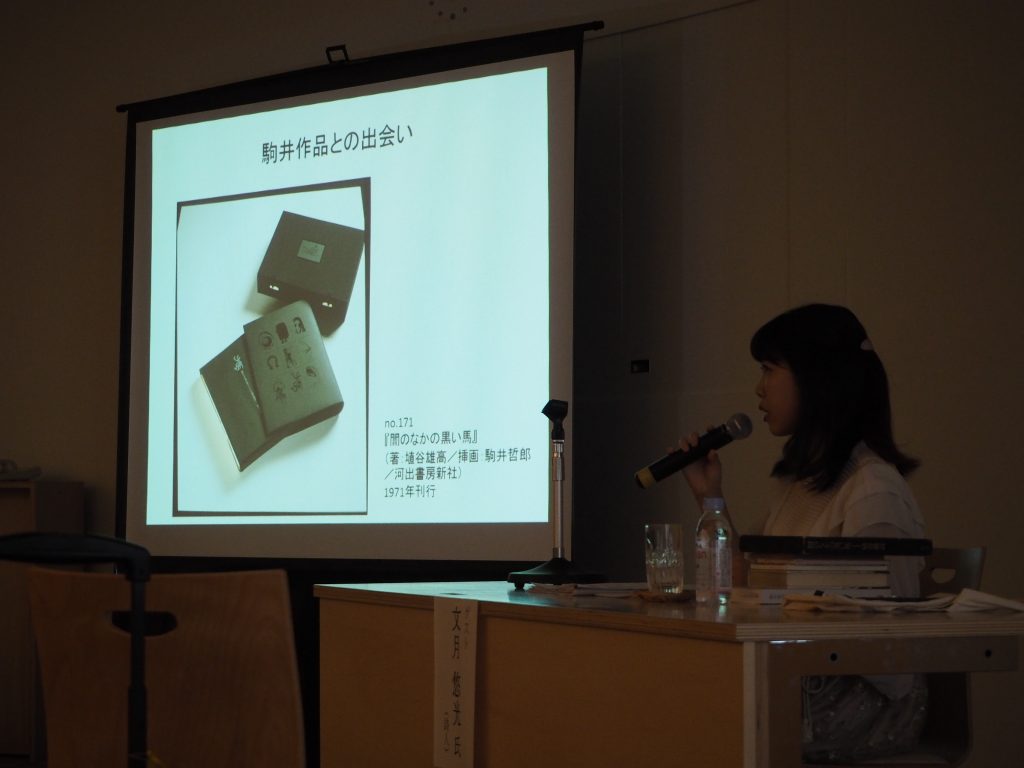
The special edition of "Black Horse in the Darkness" on display is a collection of short stories by Yutaka Haniya, and is a "work" with illustrations by Komai. Komai was commissioned by Haniya to create illustrations that visualize the worldview of the novel after thoroughly reading it.
Although she said she had never heard of the name Komai Tetsuro, Fuzuki apparently had a copy of "Black Horse in the Darkness" on her bookshelf.
"It wasn't a special edition, but I found it in a used bookstore when I was a student and bought it by chance."
Even though their genres were different, perhaps their talents were what drew them together...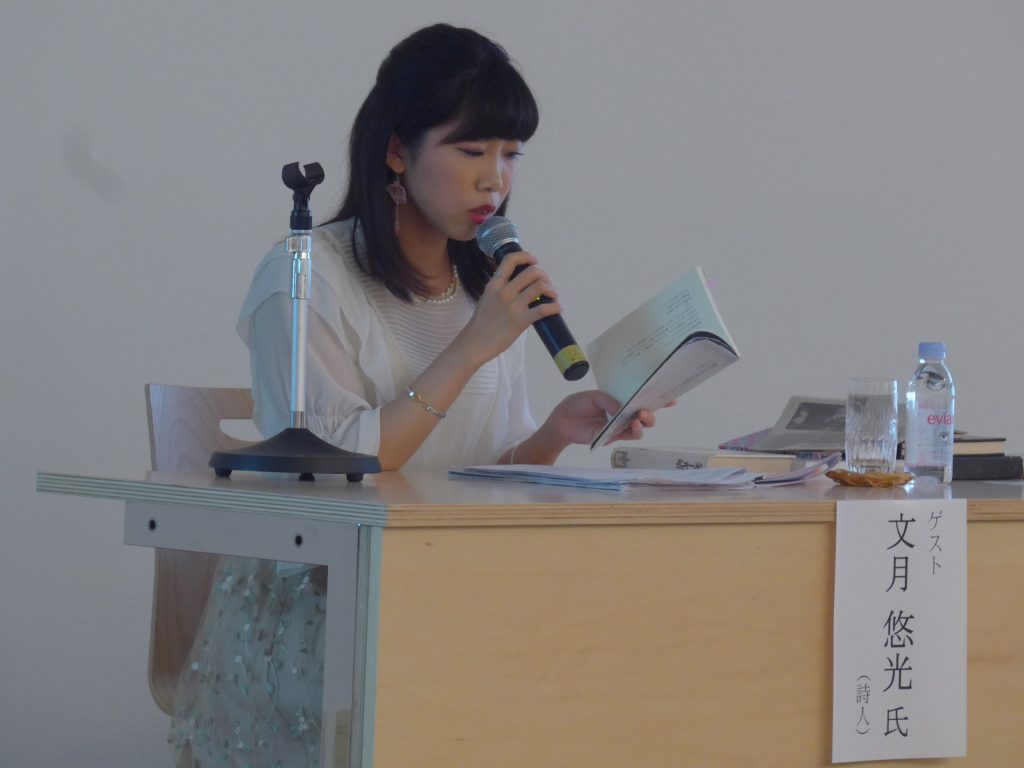
Since Japan did not have a tradition of copperplate printing, Komai taught himself the technique. Because it was a new genre, there were no workshops, and therefore no craftsmen. For this reason, when publishing the poetry and painting collection "The Songs of Maldroor," Komai used a press himself and printed more than 2,000 images for a print run of 350 copies. The exquisite balance between poetry and images seems to be related to the fact that the artist "hand-made" each book.
"I feel a power that goes beyond the relationship between poetry and painting. There is no solidified relationship of which is master and which is subordinate; I was attracted to the fact that they are in opposition to each other."
Fumizuki said this while reciting "Bulbs," a story she selected from "Calandrie."
The talk with the curator and the poetry reading continued afterwards, and it felt like the distance between Fuzuki and Komai Tetsuro was growing closer.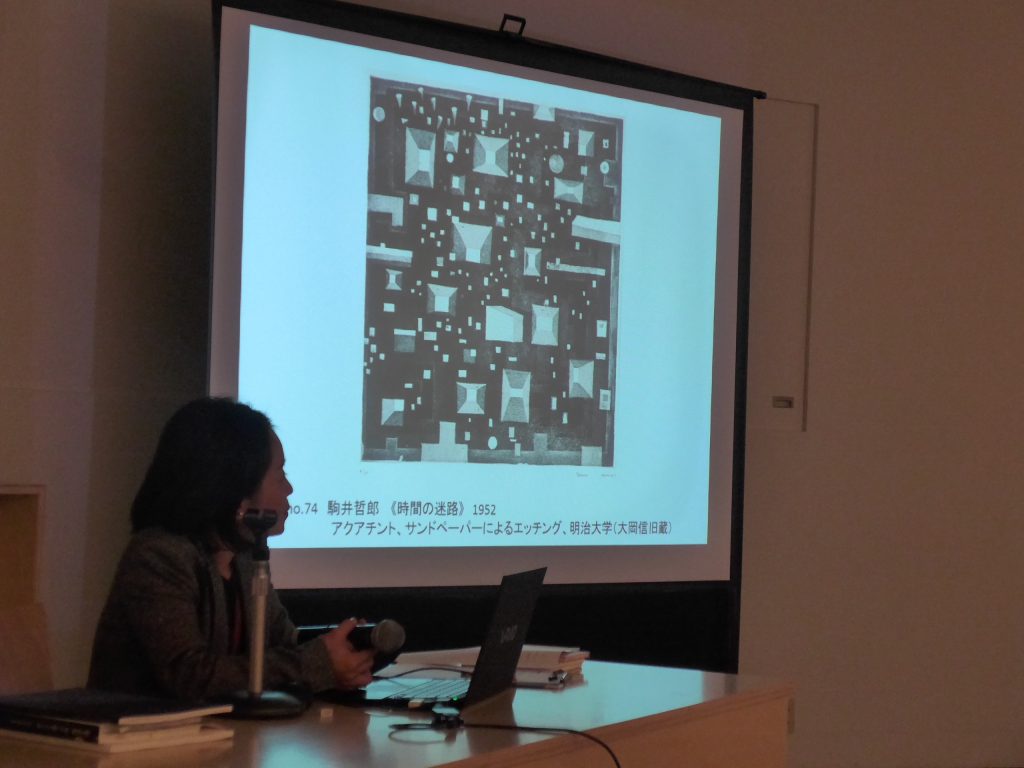
The last work by Komai chosen by Fuzuki was Labyrinth of Time (1952).
He wrote a new poem for this painting and recited it himself.
The poems are apparently woven with text by Komai that was included in the exhibition catalogue. I felt like I could enjoy writing poetry in that way, and it made it a little more accessible.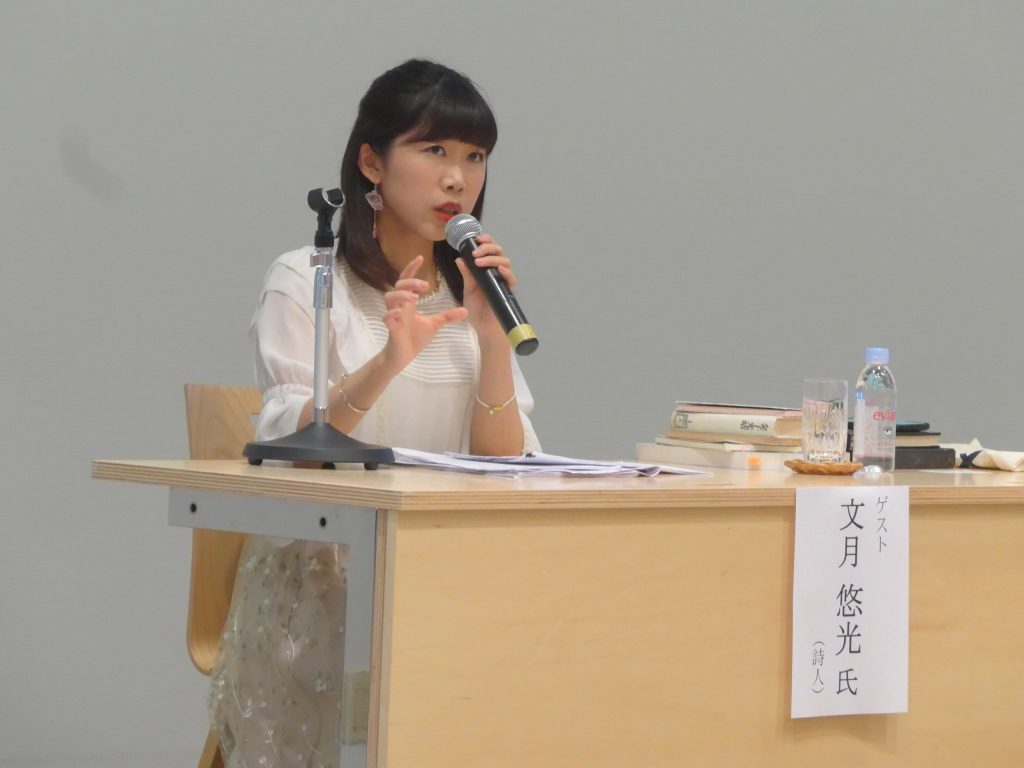
I'd like to introduce one topic that caught my interest during the Q&A session.
Q: Are there any cross-genre exchanges like those with Komai among people of Fuzuki's generation?
A: I think it's great that copperplate engraving has been established as a genre, but it also feels a bit sad that it has become distant from other genres. I think it's amazing that a group like "Experimental Workshop" has the power to create something new beyond genres, and that a collection of poems and paintings published through that exchange is still being looked back on more than 50 years later.
Personally, I would like to work with and collaborate on works by artists and painters who have passed away, without being limited to certain generations.
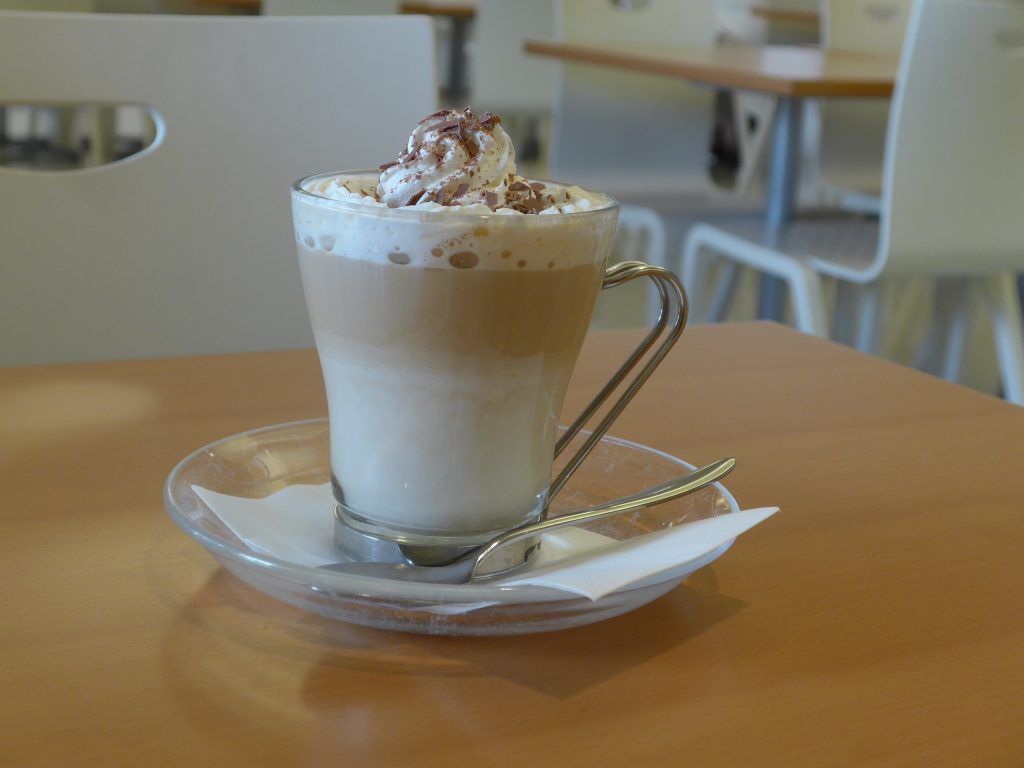
After the event, the exhibition-only menu "Monochrome Vanilla Cafe Mocha" will be served at Café Ogurayama inside the museum. Crispy chocolate is placed on top of fresh cream and mixed until melted.
The taste of Paris that Komai longed for?
A symbol of Komai, who continued to produce witty works while interacting with poets and musicians?
For now, I thought it suited the deepening autumn scenery.
This event has ended.
"Tetsuro Komai - A Sparkling Universe on Paper"
Period: Until Sunday, December 16, 2018
Venue: Yokohama Museum of Art
Closed: Thursdays
Opening hours: 10:00-18:00 *Open until 20:30 on November 23rd (Friday, national holiday)
(Last admission 30 minutes before closing)

